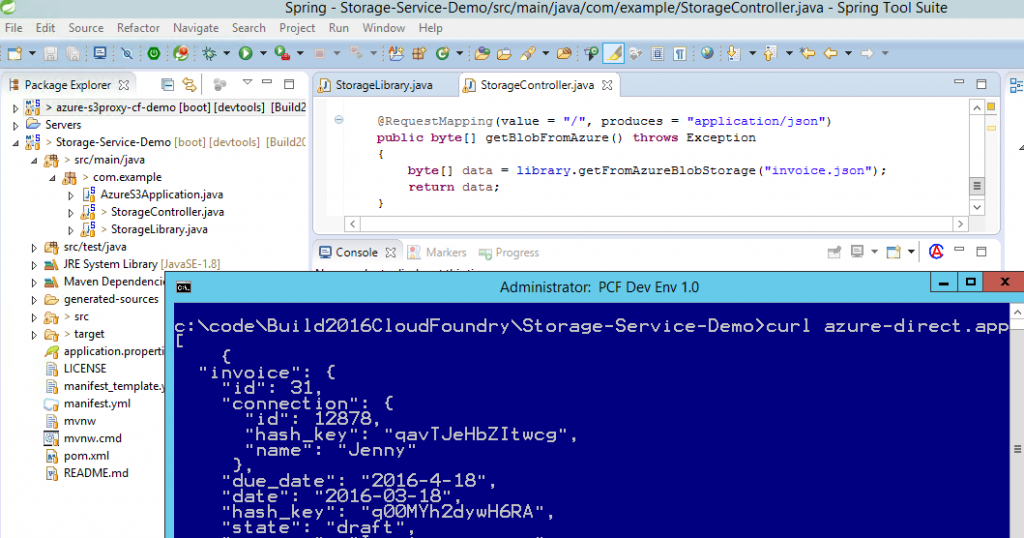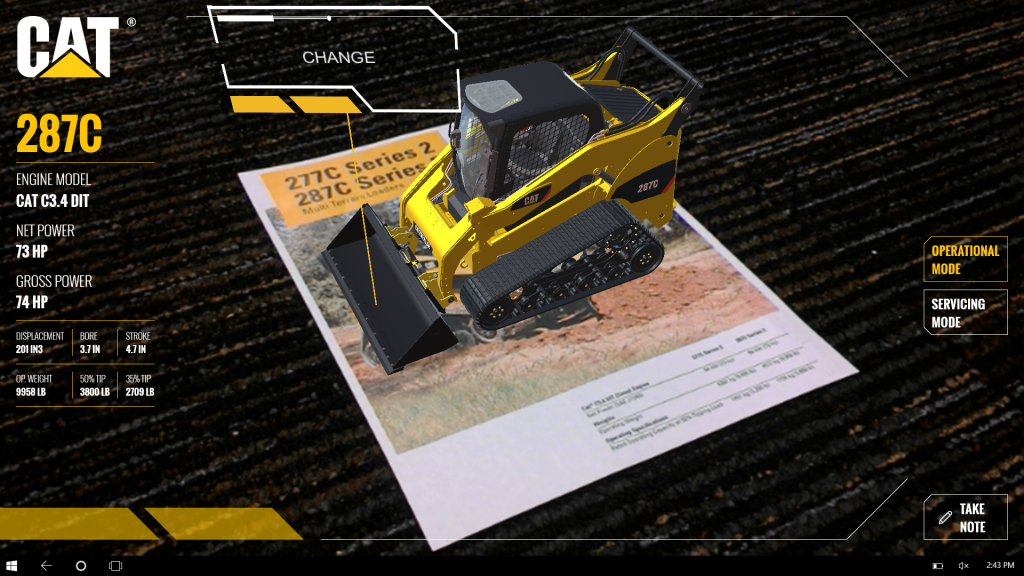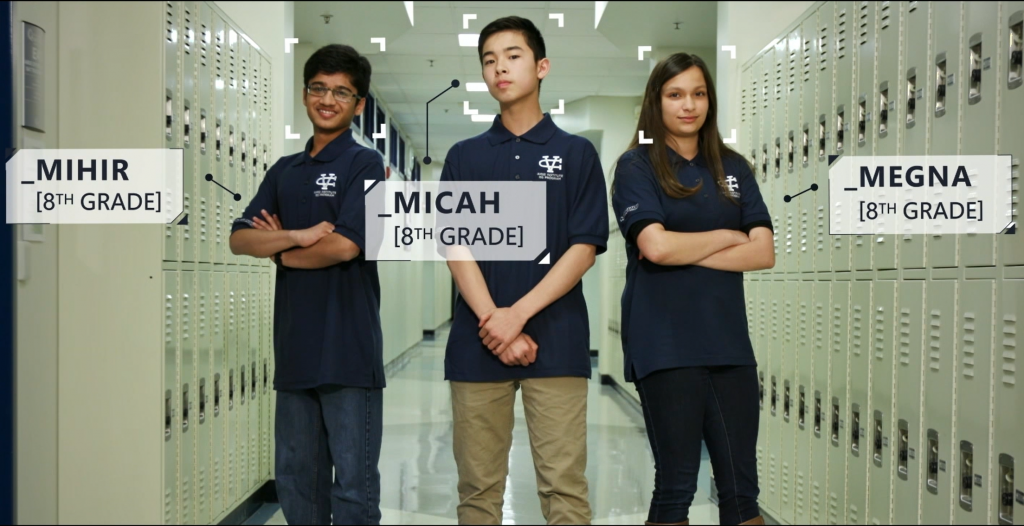Build 2016, Our Conversation with Developers
The world of technology has always been fast-moving, but in recent years the conversations we’ve been having with developers has been evolving into 3 conversations. The first conversations saw Microsoft embracing open-source technologies. The notion of a developer working with only one platform, be it “all Microsoft”, “all Oracle”, “all Linux” or “all Apple”, is a thing of the past and today developers work across technologies. At first, Microsoft surprised everyone when we started partnering with companies that were not our traditional partners. Today, in our second stage, few are surprised and more are benefiting from this ongoing work. This deep cultural change is evident in the work we do with partners like Salesforce, Box, RedHat, Docker, Mesosphere, Dropbox and the work we do on iOS, Android and Linux.
Second, we are committed to delivering Microsoft technologies that are relevant in this evolving landscape. We’ve done that by identifying and focusing in the areas of most importance to the differing demands of developers across Windows, Office and Azure. The best way to be relevant to developers is to deliver product truth.
This third conversation, where we’re focused now, begins with showing up more. As we’ve increased our engagement with developers directly and in communities, we’ve seen the appetite for engagement continue to grow. We code side by side with developers in community events and help tackle some of the most difficult technical challenges our partners face in hackfests. This work benefits the community and it also focuses and quickens our feedback to the product teams and results in more robust technologies. Our partnerships, including partners featured in the keynote today that have also appeared at past Builds, demonstrate our commitment.
Next gen productivity
Through the power of the cloud, Office and the Microsoft Graph developers are able to reinvent common productivity scenarios for better insight and collaboration. One partner that’s really starting to embrace Microsoft’s productivity solutions is Highspot, a sales enablement ISV. They’ve been increasingly drawn to Microsoft technologies. It started very practically, they wanted to streamline the experience for their users by delivering their solutions in their customers’ everyday work tool, Office. Office supports a variety of 3rd party partners including Dropbox, Box and more.
Next, Highspot looked to integrate even more deeply into Office with an Office Add-in. Today we demonstrated a version of Manifold.JS introduced last year. We showed how Highspot could take one of their web pages and create an Office Add-in automatically and we introduced support for debugging Office add-ins using Vorlon.js, (another technology showcased at Build last year). Last year we showed PowerBI in our keynote, today we showed how Highspot is using a new feature, embedding Power BI to elevate data and to give end users the tools to manipulate views of that data and uncover answers to their questions.
Conversations are pivotal to progress, and the next generation of productivity solutions will involve conversations as a platform. Mobility scenarios have flourished solving for communication challenges between people, but we aim to take it to the next level – where your device communicates back to you in a meaningful and conversational way. There are many tools that people use to communicate including email, SMS, Skype, Slack, Telegram and more. Why not do a chat bot as well? We started by developing a Highspot bot where a user can write something and it does a simple echo. However, bots become valuable when they are doing something intelligent. By using the data available from Highspot along with Bing and Cognitive Services, a person can make a query and then the relevant data is found and presented.
Bots enable some interesting productivity scenarios but can also be used for some fun. With Project Murphy some Microsoft developers from Azure, Developer Experience and Microsoft Research were able to create a conversational bot similar to the old Marvel comic “What If”. For example, after typing a comparison like, “What if Scott Guthrie was a penguin?” The bot is intelligent enough to parse the ask, find the relevant images using Bing and then apply machine learning to detect the faces. With this head start, the developer can focus on completing the face swap. The Bot Framework and Cognitive Services give developers the building blocks to work with these advanced technologies, freeing the developer to focus on the unique aspects of their app or bot.
Enterprises moving to the cloud
Many large enterprises want to adopt the “Silicon Valley mindset” of deploying frequently and taking advantage of the scalable cloud. The cloud represents a major change in how these businesses run their IT infrastructure. It transitions the organization’s financial structure from a focus on capital expenditures (CapEx) to operational expenditures (OpEx) and impacts the types of skills necessary to move the business forward.
Pivotal Software’s CloudFoundry is a platform as a service (PaaS) technology that makes it easier for large companies to move to the cloud by first supporting deployment to the private cloud and then when they are ready transitioning to the public cloud. For large companies like Ford, the ease of use of CloudFoundry makes it easier to move to Azure. Data sits in a variety of locations, and in a cloud agnostic world it is key that developers can access it without writing vendor-specific code. Rita Zhang has helped to develop an S3 proxy, that supports getting data from both AWS S3 and Azure Storage from a single code base in CloudFoundry. The S3 Proxy solution can be deployed, managed, and scaled as its own application in Cloud Foundry so more apps can leverage it. Some users will use CloudFoundry to adopt the cloud for the first time, and in these cases the developer can bypass the S3Proxy and talk directly to Azure storage.
Client and cloud innovation
In a mobile-first/cloud-first world the marriage of always-with-us devices and the power of the cloud enables unique scenarios.
It’s common practice today to store and process large quantities of data in the cloud, for example 3D assets or gameplay data. All of this data and the services processing it need to eventually be exposed to client devices for consumption. A great example of this is Aveva Engage in which John and I also showed a demonstration of. We will talk more about this in the future.
There are many experiences driven by surfacing insights from data, and one of them is Augmented Reality. Vuforia, which is now part of PTC, is one of the most popular Augmented Reality platforms for developers. There are more than 200,000 developers using Vuforia in applications downloaded over 250 million times. Microsoft partnered with Vuforia to bring their application to the Universal Windows Platform (UWP). This partnership helped to create one very cool industrial equipment catalog.
Supporting UWP allowed new opportunities for industrial giant Caterpillar to reimagine what a product catalog and sales experience could be, driving the experience from that of a flat page to a 3D model. With the use of a Windows 10 tablet the brochure jumps to life, and the viewer has the ability to see the model from a variety of angles and even investigate the interior. The model can be annotated in text and saved as a 3D note.
This is a Universal Windows application, and since HoloLens is a Windows 10 device the exact same app can run on a HoloLens. This is made possible by HoloLens’ use of the volumetric APIs, APIs Vuforia then used to lock the model in the world space. This is an example of just one of the scenarios unlocked for developers using UWP to target multiple devices.
The next generation of developers
In the halls of Redmond, there is a noticeable increase in excitement and passion when we talk about our conversations with student developers. Seeing the work of the next generation of developers demonstrates the bright future for innovation. Microsoft is dedicated to students having access to a strong STEM education and it is important that students start this education at a young age.
Danny Kim of Quest Institute has helped students put 74 experiments onto the International Space Station (ISS) over Quest’s 5-year history. Kim wanted to expand from 10-20 projects per year to 200-300. To do that would require a new experiment platform, one that didn’t require his students to design circuit boards or use restrictive languages, (e.g. P-Basic). Also, experiments run in space face unique environmental concerns such as physical demands caused by fluctuations in temperature and pressure.
The outcome was a new software platform that offered a much-simplified development environment/SDK, a Minnowboard Max compute platform and a custom, (and soon to be open-sourced), shield that mates to the Minnowboard Max. The team used Windows 10 IoT to monitor the platform and manage the experiments on earth. A team of 8th graders,
Megna, Mihir and Micah, from Valley Christian Schools in San Jose, will launch the 75th experiment through the new platform developed by Quest and Microsoft to test electromagnets in space. Their experiment will launch into action aboard the ISS on May 31st of this year.
Today’s wrap up
A lot was covered today and there was a lot more that we could have discussed. Don’t worry if you missed a bit of the keynotes, they will be available on Channel 9, 24 hours after each presentation.
The keynotes have wrapped, but Build 2016 still has more to offer. There will be sessions through the end of the day on Friday and we will continue with video coverage through Channel 9. After the event many of our experts will embark on a multi-city Build 2016 tour to bring the best of Build’s technical content to a variety of locations around the world. Once again making sure that we continue meeting with developers who weren’t able to make it to Build.
Although Build is Microsoft’s annual developer event, it is only one piece of our ongoing developer conversation. I encourage everyone to check out the sessions, download the tools and explore our platforms. Follow this blog and @msdev for more partner stories like we shared today.
Looking forward to building with you !
Guggs
Comments
- Anonymous
March 31, 2016
It's great to see Xamarin fully included in Visual Studio. While the days of "all *" are indeed numbered, MSFT should invest heavily into making "All .NET." With Xamarin it is now possible to be "All .NET" in the native scenarios: iOS, Droid, and of course Windows. The one place that .NET is not enabled is the web. It would be great to see MSFT invest in WebAssembly and/or transpilation innovation to bring .NET to the web and HTML5 scenarios, so that developers and organizations can truly leverage investments in this premiere framework, and work with truly one codebase, regardless of the platform they are targeting.We're almost there. One more platform to go. :) Hopefully next year's build will announce WebAseembly support for .NET. Until then, you can vote for this here: https://visualstudio.uservoice.com/forums/121579-visual-studio-2015/suggestions/10027638-create-a-ubiquitous-net-client-application-develo




